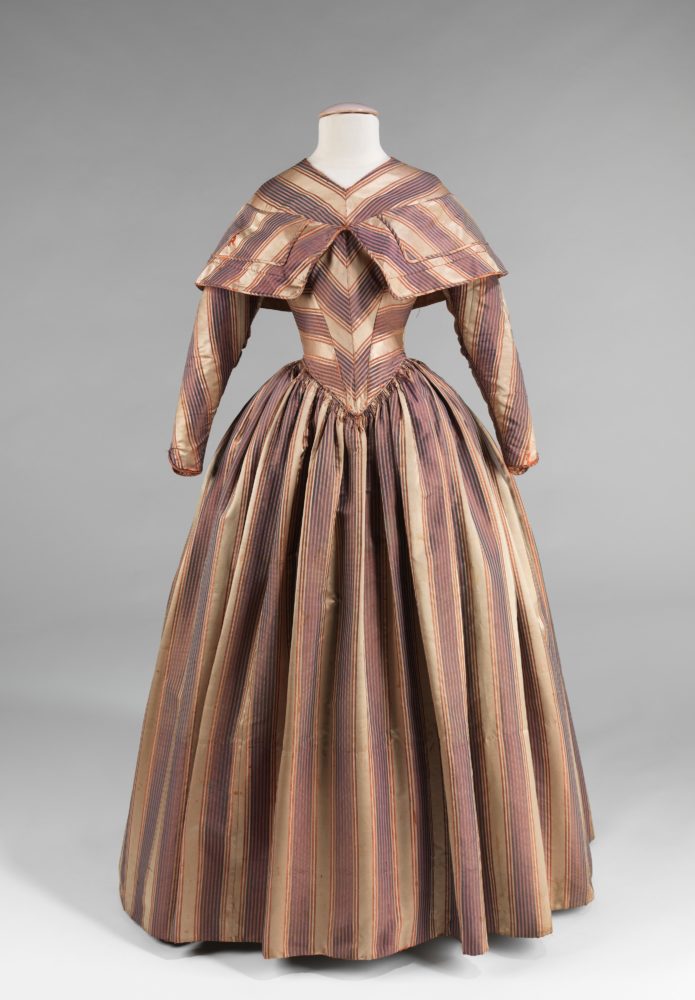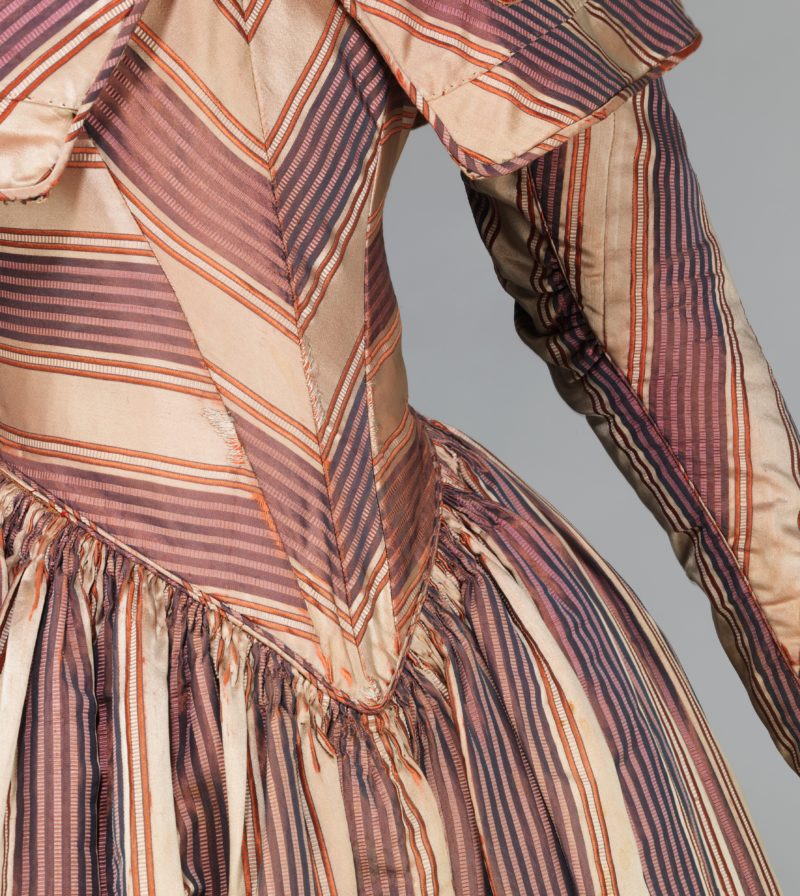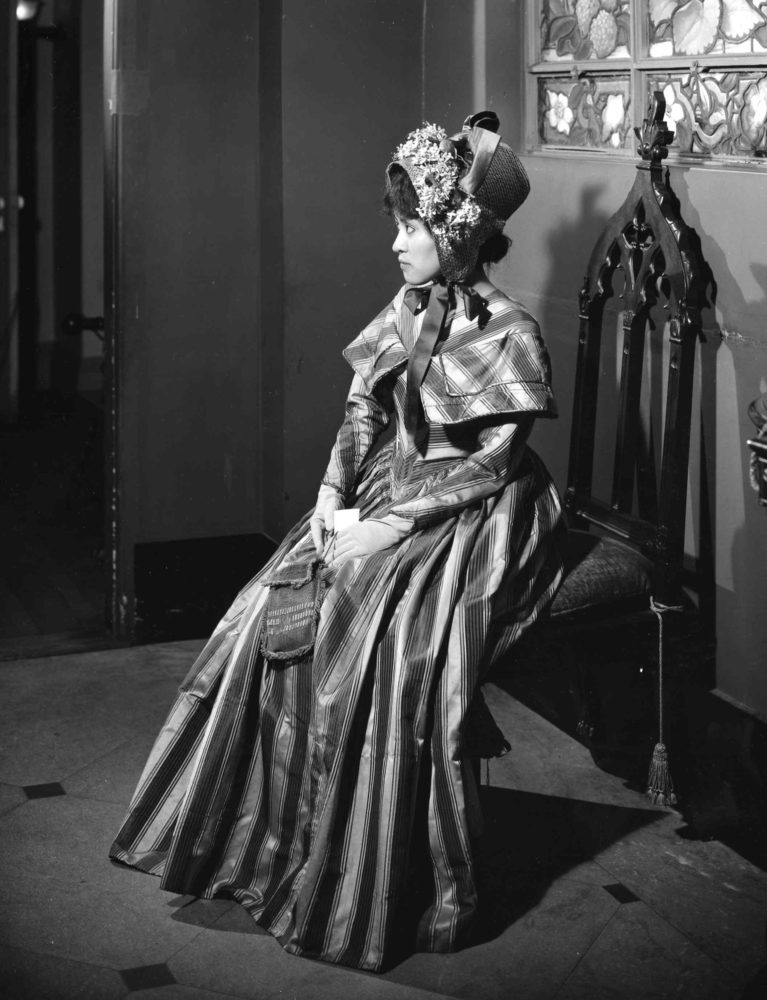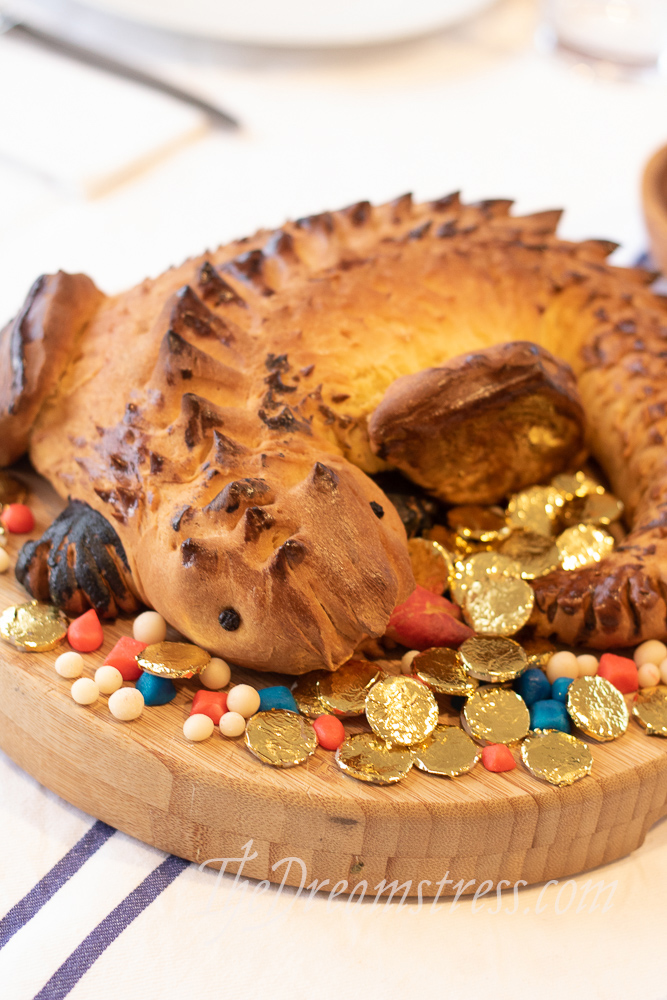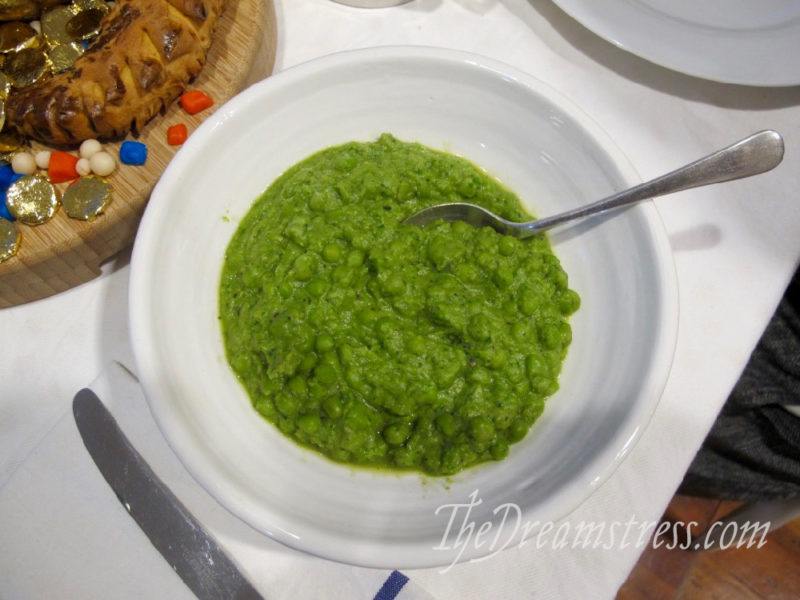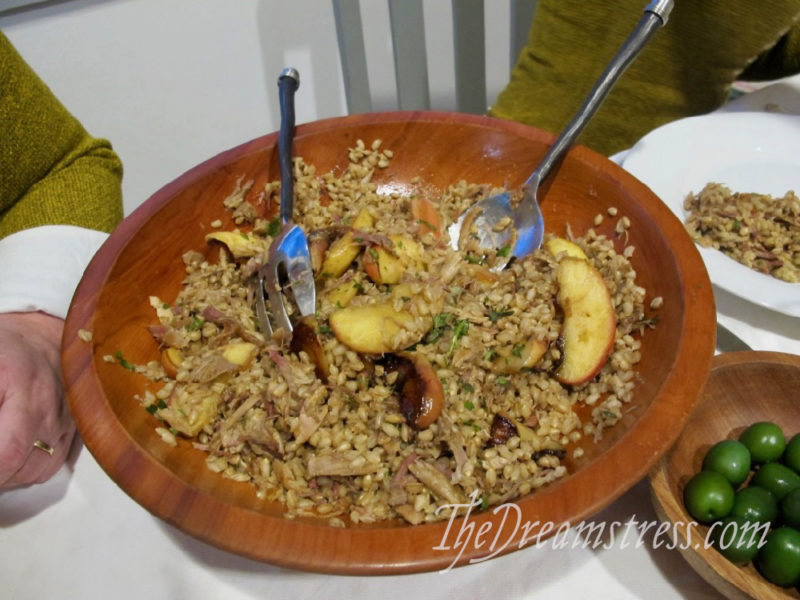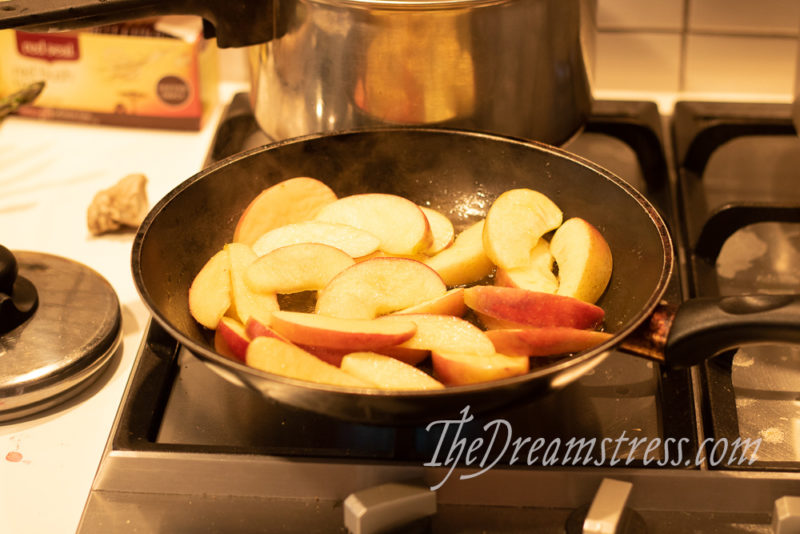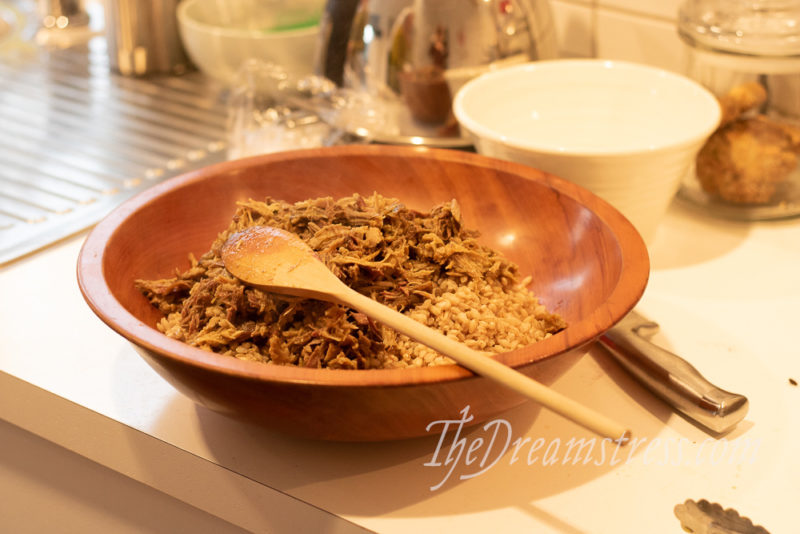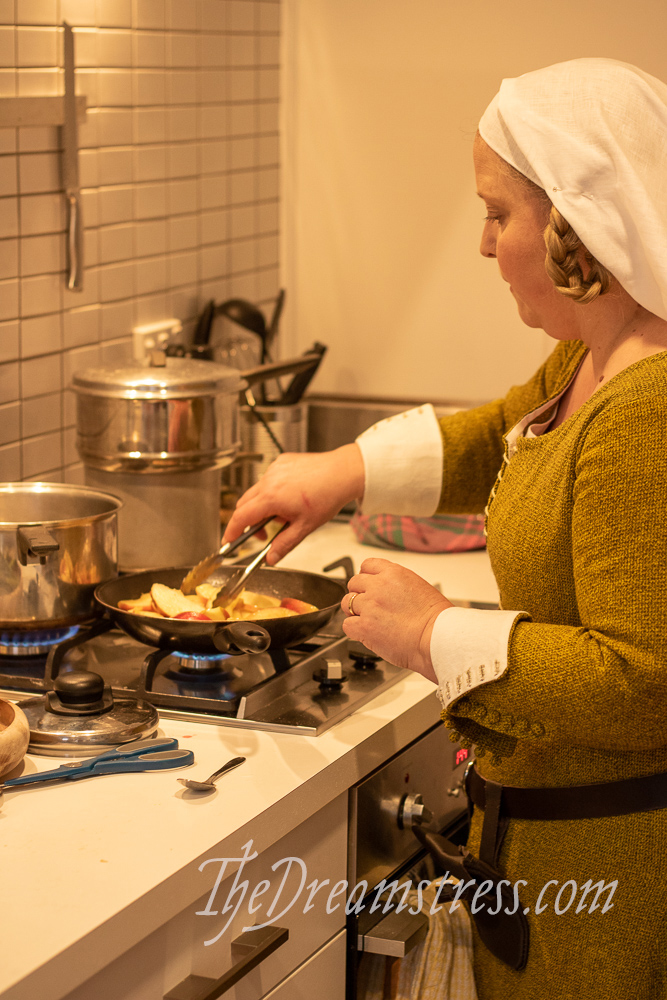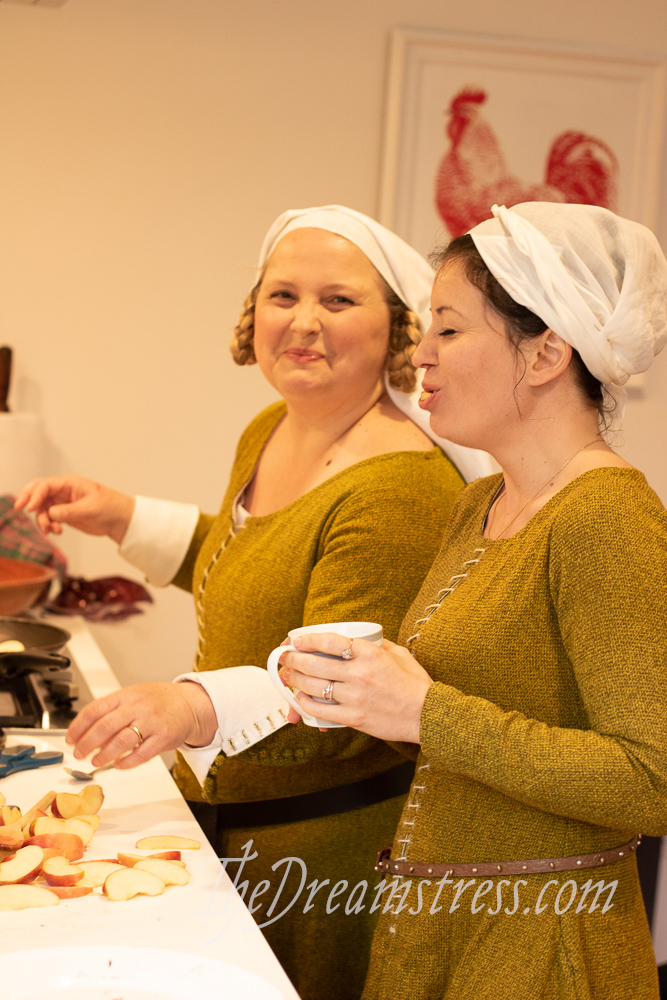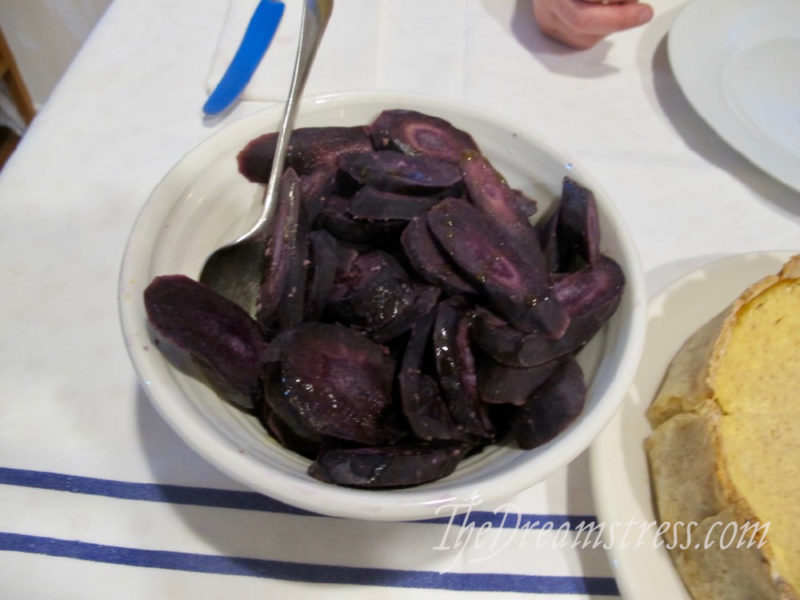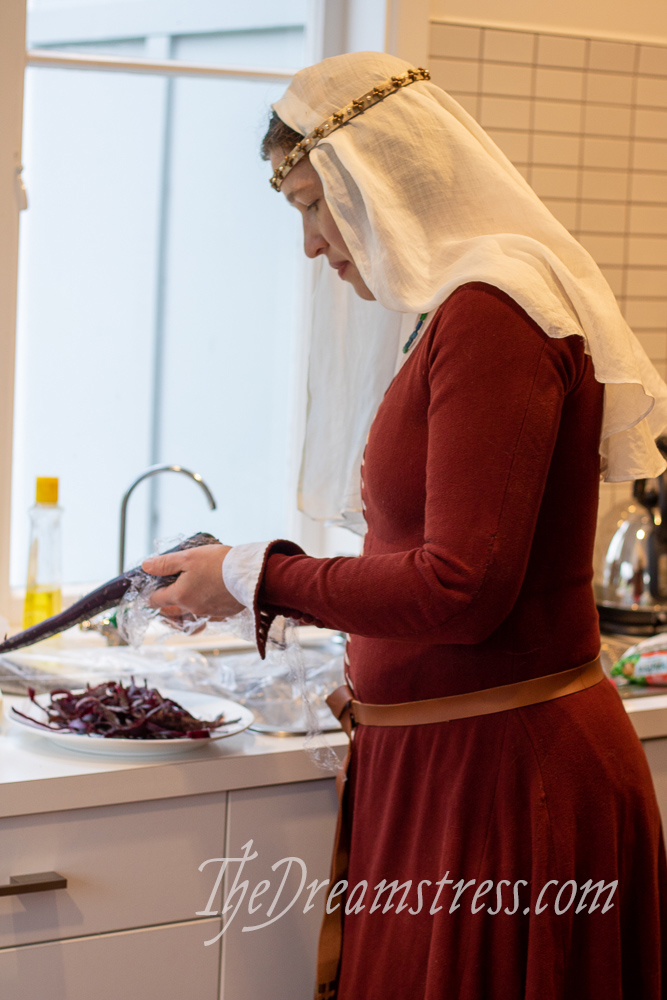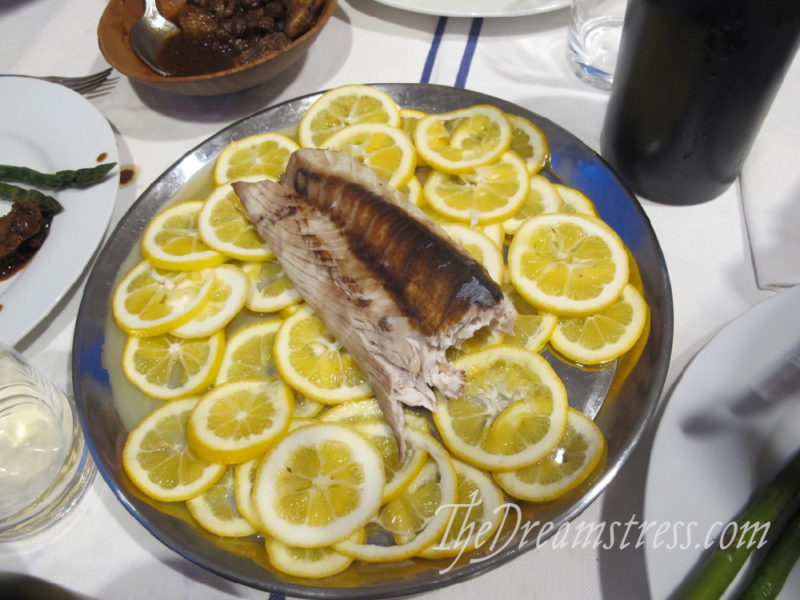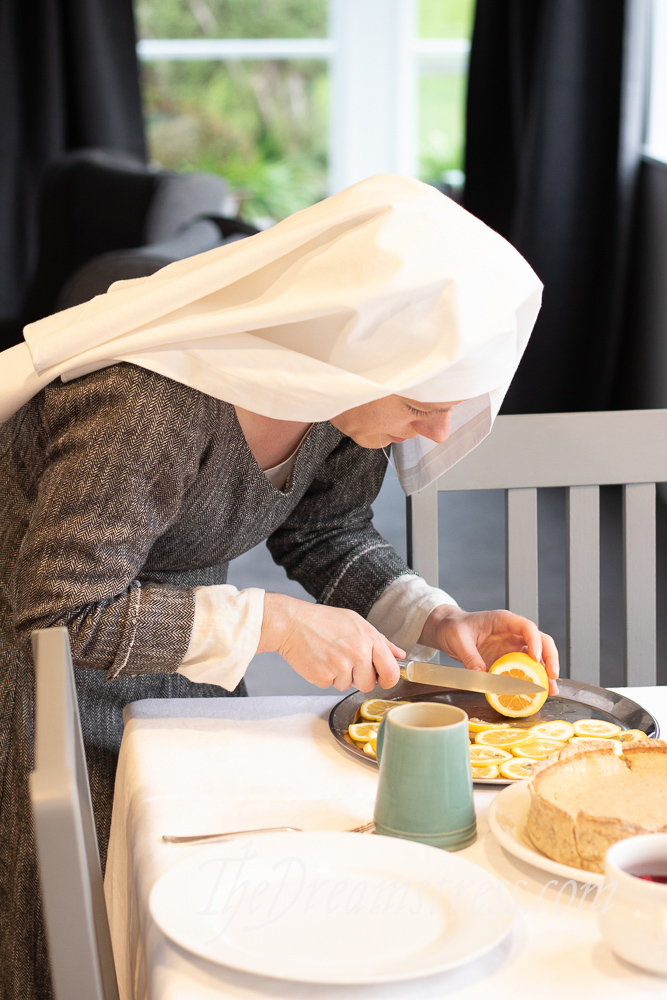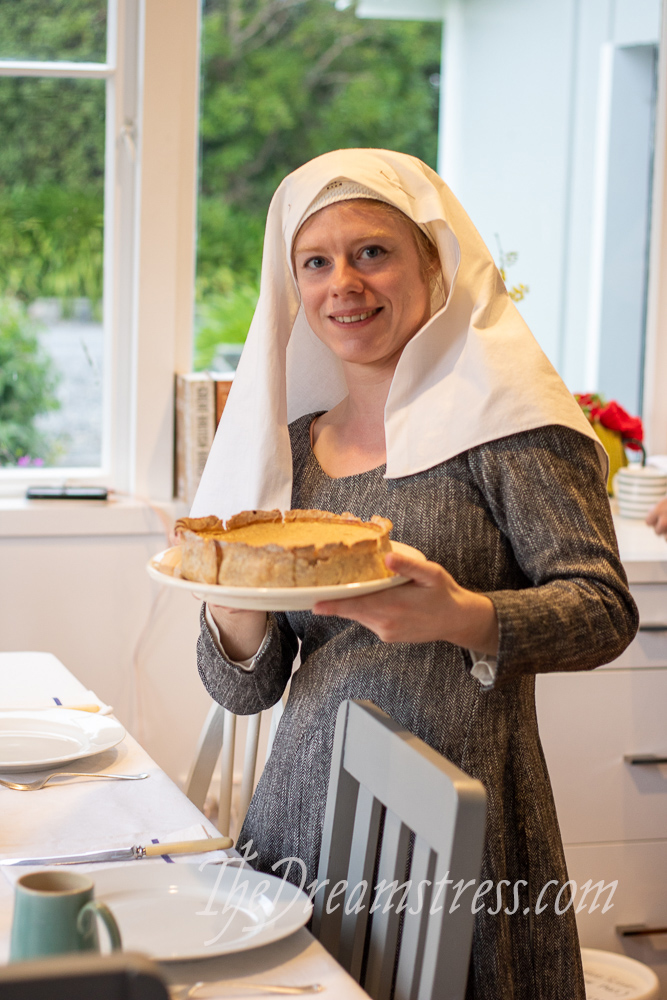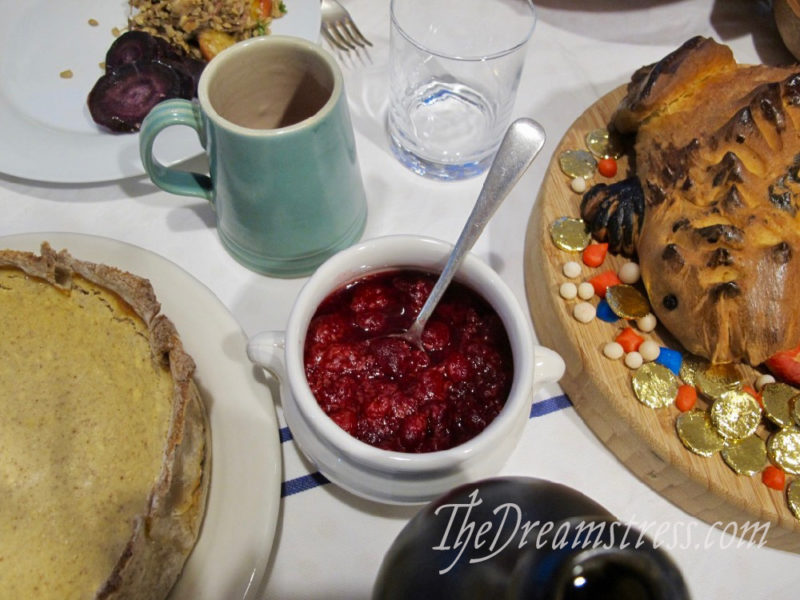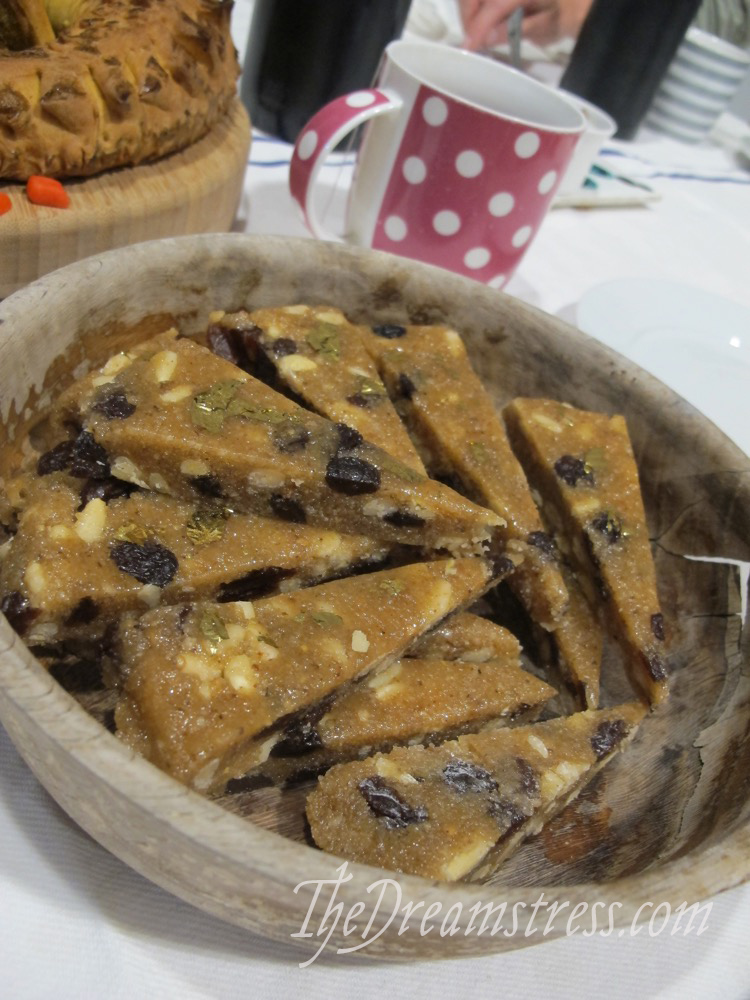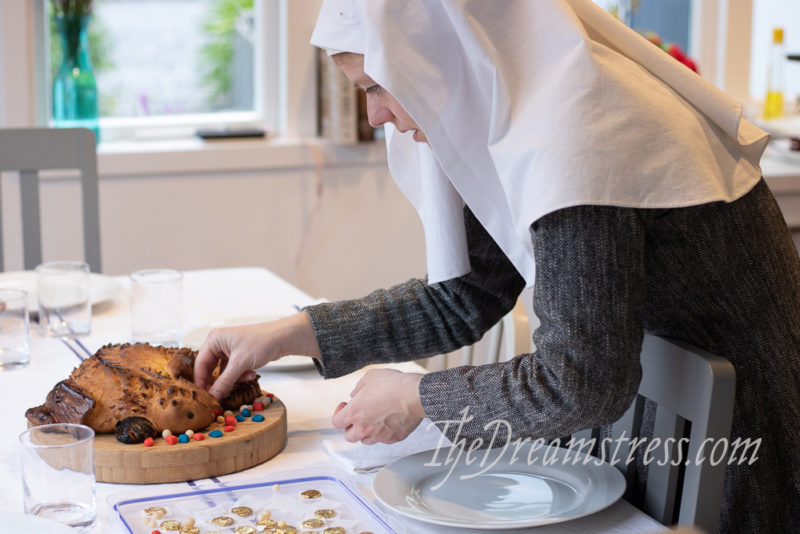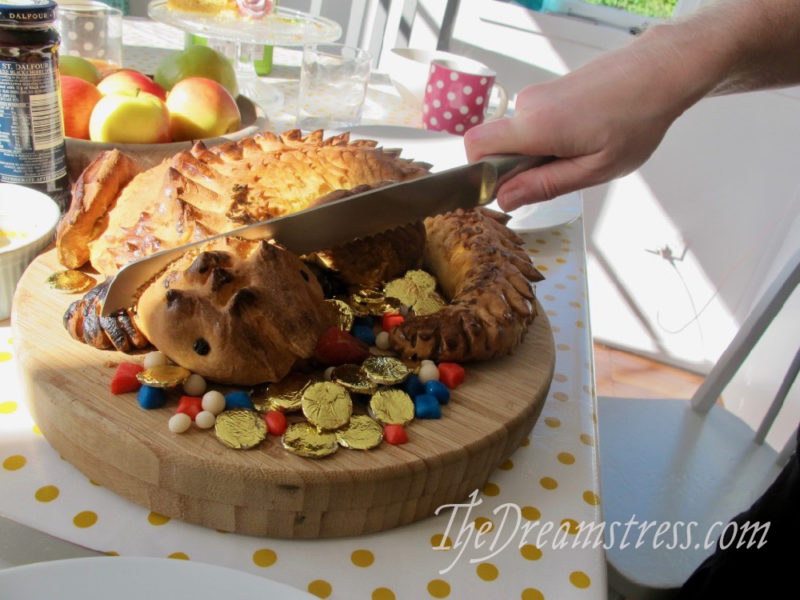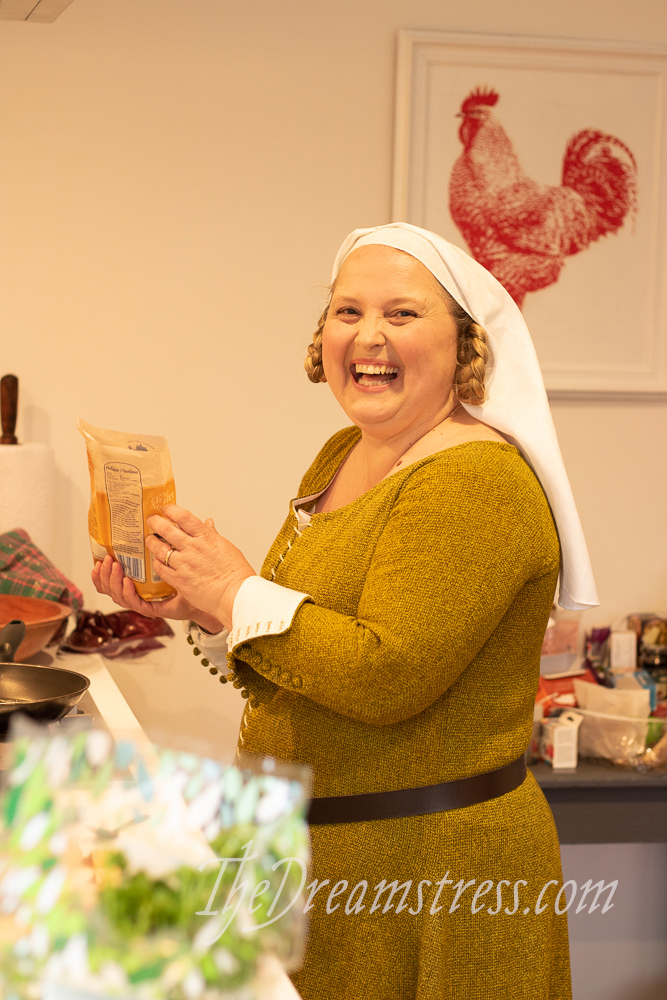I have a confession to make.
I used up all my parent’s high speed internet 🙁
It took me less than two weeks! They have another two to go before next month’s allotment starts.
I’m not even a very big internet user. It’s not that we watched movies or TV shows. I just uploaded photos… But they really aren’t big internet users, so didn’t have much of an allotment, and one enthusiastic daughter showing them new websites and fun things ran through it all…
So, my next few posts are brought to you by “what images do I already have uploaded to my blog?”
And what I do have is SEHR2019 food photos…
So please enjoy the food!
Friday Night:
Medieval Cabbage & Barley Pottage

A simple, hearty meal to fortify us after a long drive and unpacking and preparation.
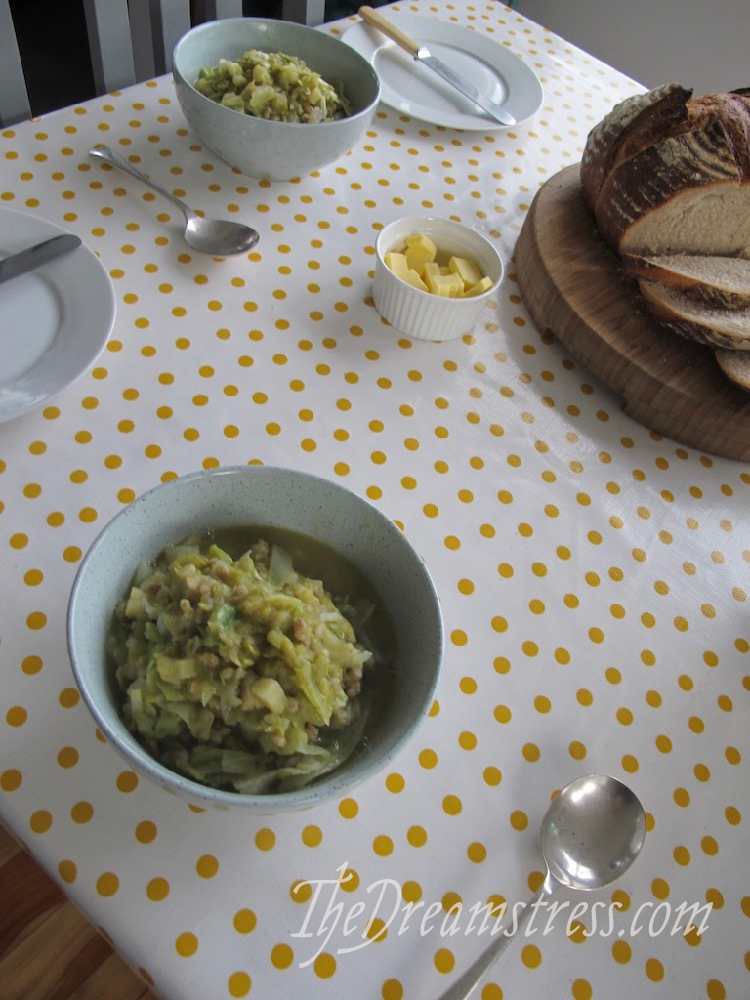
Saturday: An Edwardian Afternoon Tea
(in Regency costume! We’re ok with mixing things up!)
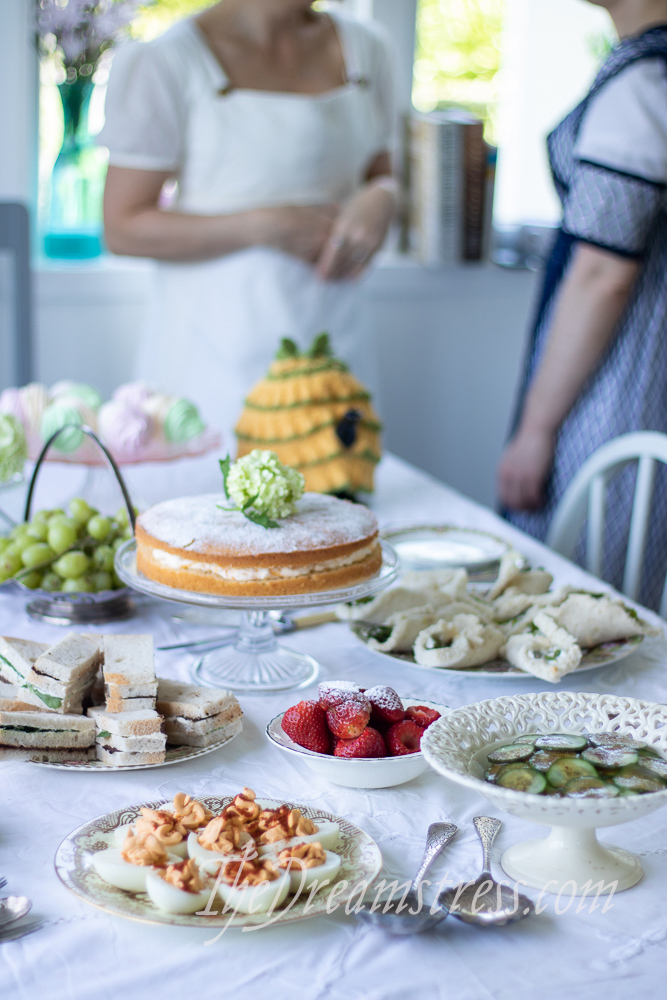
The cake is a Victorian rice flour cake from Great British Bakes.
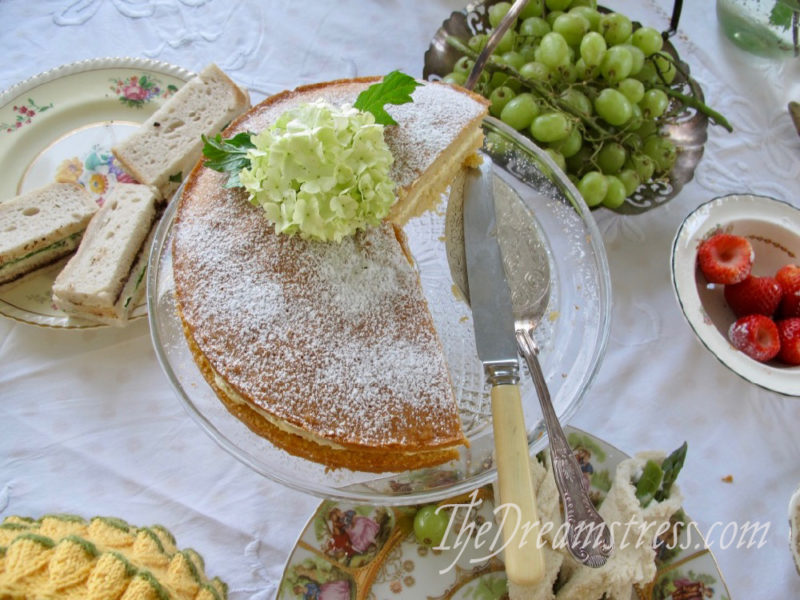
Perfect with strawberries, and gluten free!
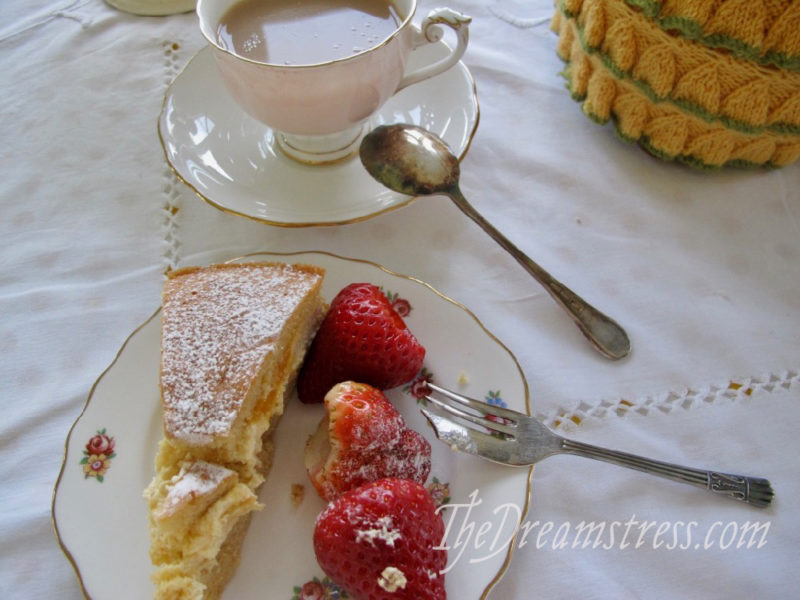
Cucumber salad:
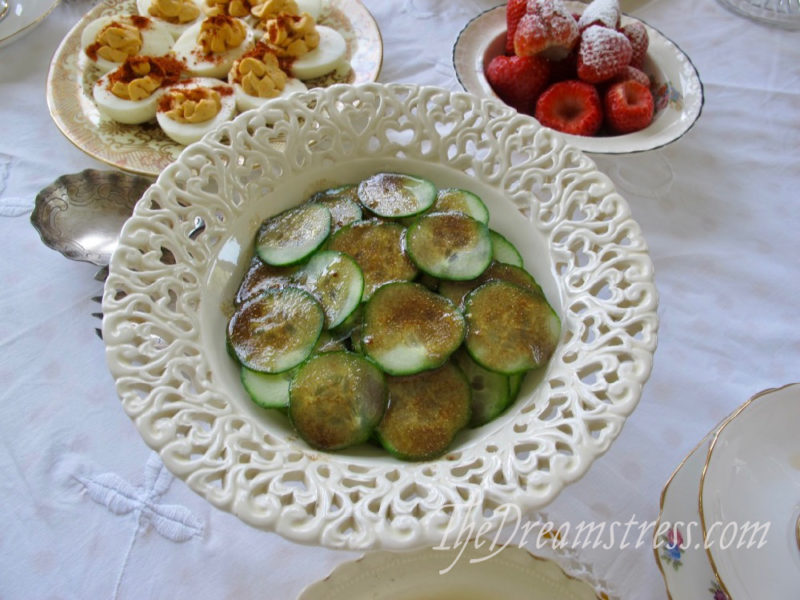
And horseradish eggs:

And you can’t have afternoon tea without little sandwiches. These were olive, inspired by the sandwiches in Mansfield’s Garden Party.
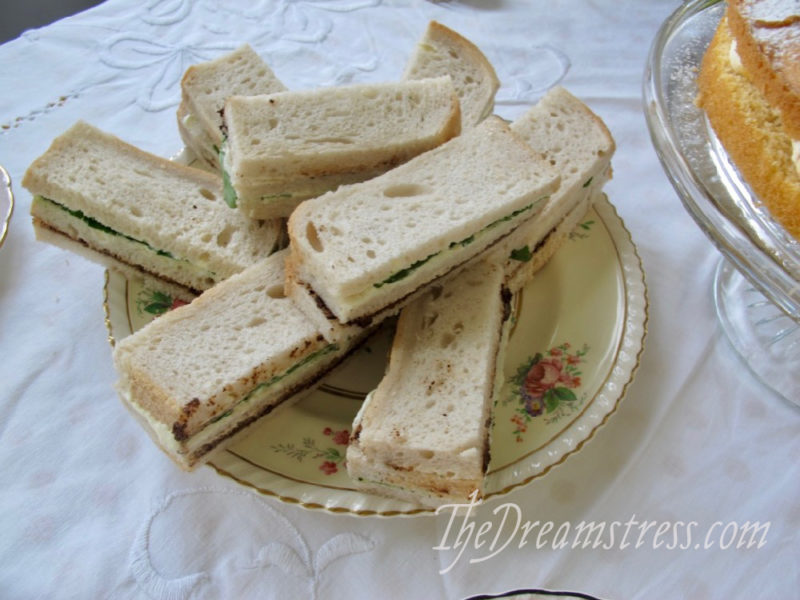
We were pushing our historical timeperiod a little with asparagus rolls (I believe the earliest mentions of them date to the 1930s*), but it was springtime in New Zealand, and we’re all huge asparagus fans, so they made an appearance…
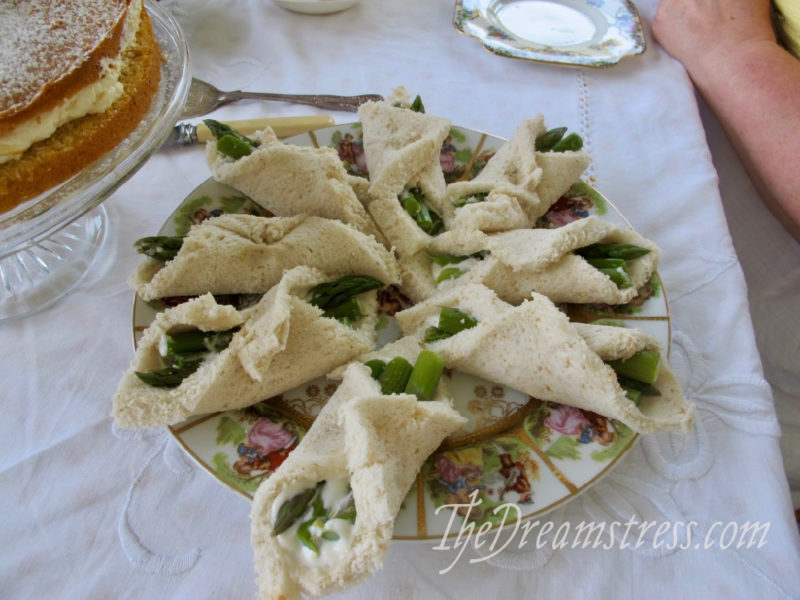
Perfection!
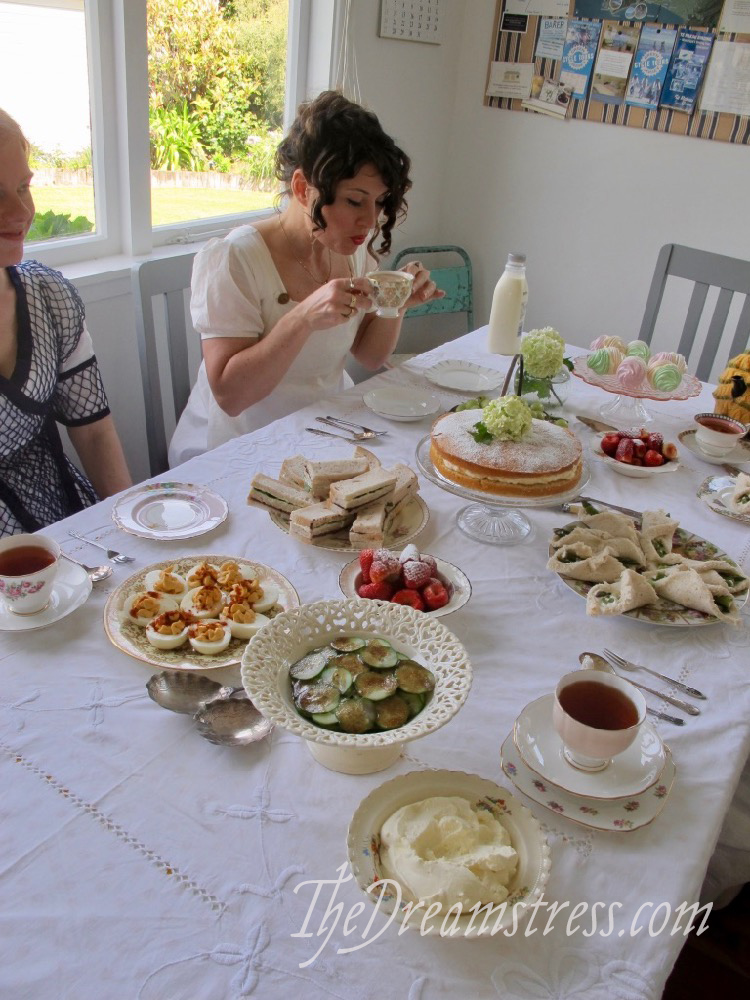
And here’s Nina, making the cake in her Regency finery!
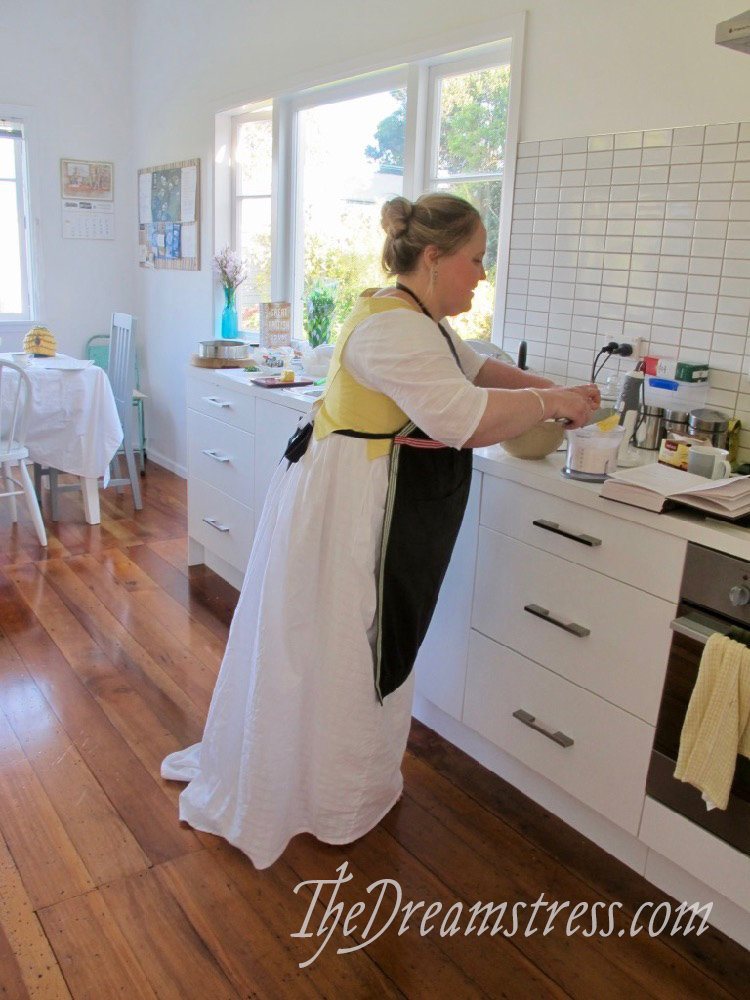
Saturday evenings: a simple Medieval meal
Featuring ‘A tart for Ember Days’
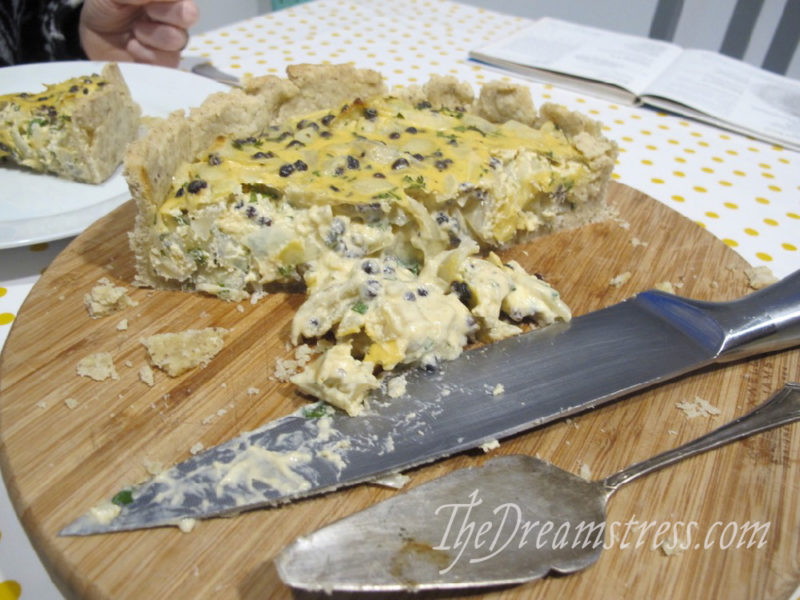
Sunday Lunch
Salmagundi
It was so popular last year we made it again! It’s such a nice, light, easy to adapt to most diet’s dish. We had it after a photoshoot in Augusta Stays, so made in still in our outfits, me with my 18th c apron, Priscilla swaddled in my repro 1920s apron to protect hers!
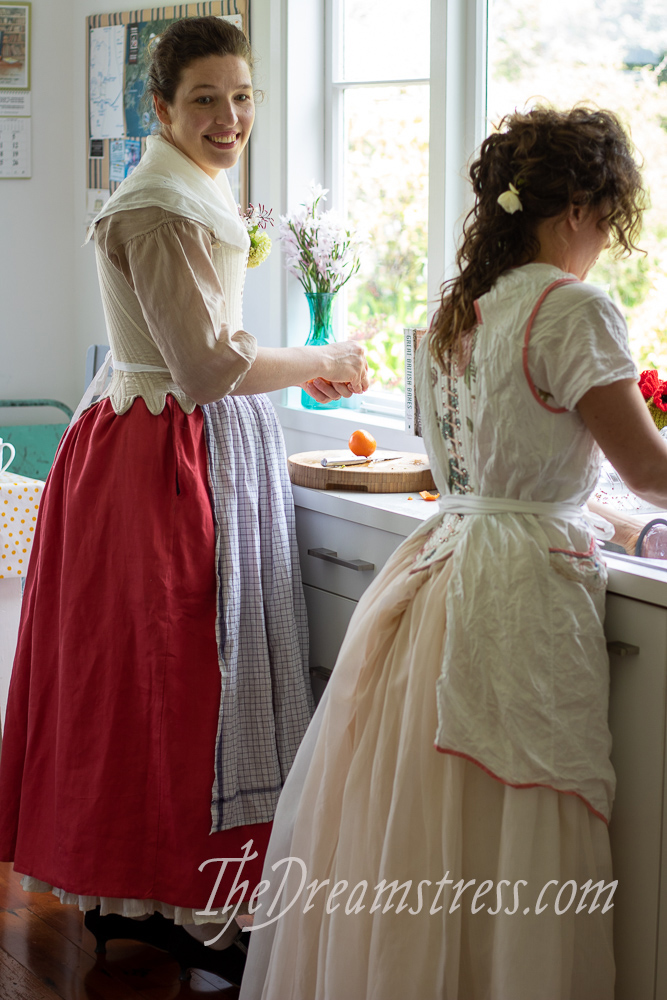
And yummy…

* UPDATE: I’ve had enough internet to do the research, and asparagus rolls probably are period appropriate for an Edwardian tea after all! The earliest mentions I can find in NZ newspapers date to the mid 1920. These mentions imply that they are well known – although the earliest recipe by that name in a NZ newspaper suggests they may not be the asparagus rolls we’re used to (this recipe is clearly a variant of Hannah Glasse’s 1796 ‘Asparagus forced in French Rolls) . However other mentions make it clear that asparagus rolls are made with sliced bread, which must mean a similar dish to our rolls.



